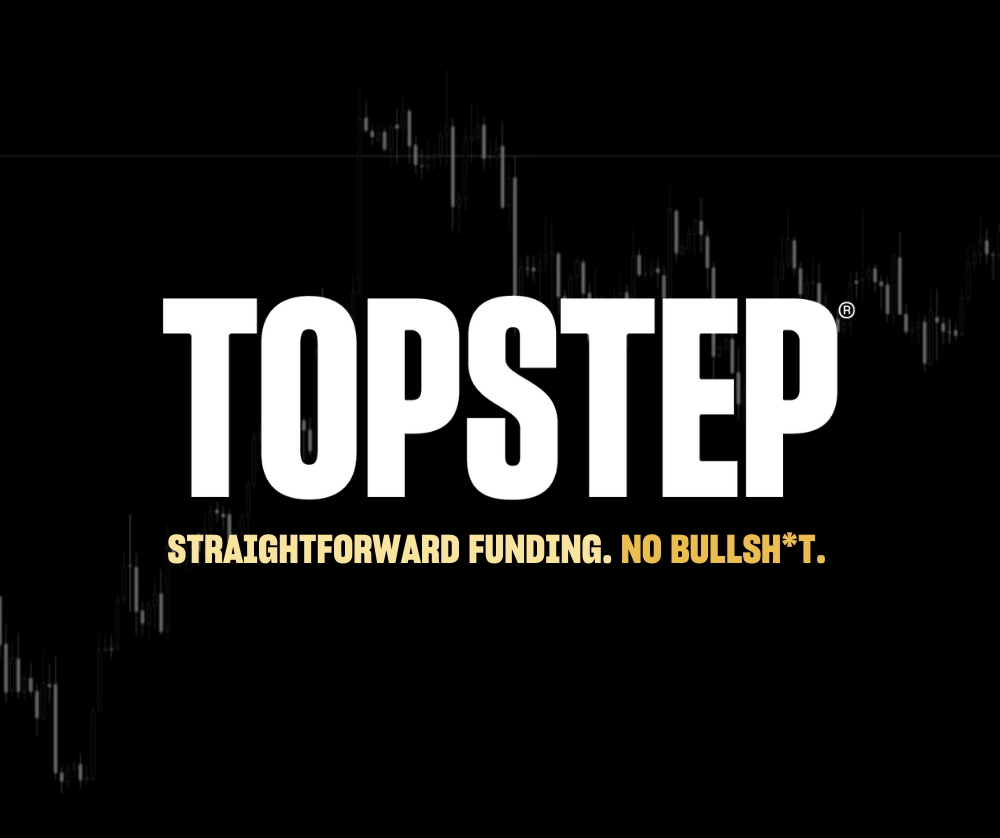The moving average convergence divergence (MACD) indicator is both a momentum oscillator and price-based oscillator and is one of the more reliable studies that we have. While it is a lagging indicator, it works well in all time frames and with all stock or futures contracts. It is a highly interpretive probability signal that is based on the differences existing between three moving averages and its histogram. While it is slower than momentum indicators such as the stochastic, the relative strength index or commodity channel index (CCI), if you are willing to sacrifice a little speed in exchange for safety, it is good at keeping you on the right side of the market.
The name is based on the lesser moving average of price continually converging or diverging from the greater moving average of price. The default setting for these two averages is 12 and 26, respectively; with a nine-period moving average applied to the difference of the two used as a signal-generator. The moving averages used to construct a MACD can be simple, weighted or exponential. Although all work, the exponential is preferred.
The MACD is perhaps the best all-around study available. Indeed, this author considers the MACD to be the best single oscillator available, and it’s valuable to learn its nuances inside and out. Other than the price trend itself, MACD is the most accurate probability signal. The new trader would be wise to concentrate on really learning the MACD and its histogram before moving on to other oscillators.
As originally designed, the MACD was just a complex “envelope system” composed of two moving averages identified as the MACD and the signal.
The original MACD, as designed by Gerald Appel, was simply an envelope predicated oscillator using the default values mentioned earlier. (Nevertheless, Appel suggested that anybody using the MACD tweak it against the existent price action of whatever instrument they were trading.) The MACD is calculated by subtracting an exponential moving average of the closing prices of a 26-period price range from the 12-period exponential moving average of the closing prices. The signal line is simply a nine-period exponential moving average of this MACD line.
Modifications
After Appel developed the initial MACD in 1979, in 1986 Thomas Aspray added the histogram view with its “0 crossover line” to Appel’s original work. The 0 line of the histogram represents when the market is, by this technical definition, neutral. It clearly displays the amount of synergism that is presently driving the price action, even though the moving averages, which mirror trader activity, may not always appear to confirm it.
The histogram clearly displays what is happening inside every move and, thus, what normally happens next. Because MACD histograms produce so many probability signals, they also provide a broad interpretation of a move’s synergy and are a great aid in keeping a trader on the right side of the market. For the knowledgeable trader, the histogram is a reliable probability signal that exists beyond the averages because it defines the synergy present in the move at hand.
Both the averages and the histogram display separate functions and you must always view the MACD’s ability to prognosticate future price action as being divided between them. The bottom line is that the moving averages indicate the trader’s actions, and the MACD histogram indicates the synergy present in a move.
Appel likely configured the standard default settings of 12, 26 and nine for use on longer time frames, where they work quite well. However, the default settings do not perform close to the oscillator’s potential when day trading. They simply do not produce the relationship between the histogram and the moving averages that is necessary for the shorter time frame.
For smaller time frames, 34, 55 and 12 work better. It should be noted that the longer the time frame, or the more volatile the market being traded, the default settings work best.
The role of averages
Using two moving averages to produce an envelope is probably one of the oldest trading methodologies in existence.
In fact, the so-called “golden/death cross” that occurs when the 50-day and 200-day moving averages cross, is widely publicized and one of the more reliable long-term probability signals that the market has to offer.
However, it is worth noting that a dependence on using envelopes as an exclusive trading methodology can whipsaw you quite badly in range-bound markets. Because envelopes are lagging indicators, using them will often have you executing later than the violation of the trend.
Nevertheless, envelopes do produce an excellent confirming methodology.
In fact, in actual practice, they have significant value in keeping you in a position rather than providing a probability signal to enter a new one.
The MACD has two moving averages– a fast average and a slow average. Most traders who use the MACD only look at the crossing of these two averages to provide them with an execution signal.
In other words, they treat them like a software-generated envelope. Actually, the most effective use of the MACD is achievable by interpreting where the moving averages cross, their relationship to the histogram and where they enter or exit it.
The moving averages of the MACD are not so much a definitive signal as an insight into trader activity: The MACD averages are indicative of the behavior of the traders who are presently buying and selling.
The consensus of most traders who use the MACD as a probability signal seems to be that the higher the moving averages cross, the stronger the potential decline. And if they cross low, any rally will be effective. However, experience indicates that the closer the moving averages cross the 0 crossover line relative to the histogram, the more sustainable the move is going to be. This is because the price action is indicating that the traders and the market’s synergism are in sync. Remember, when the moving averages cross the 0 crossover line close to the start of the histogram, the developing move is normally pulling and strong.
The important thing is that it should never be faded.
Regardless of the setting on the MACD, the moving averages always go through a five-point sequence. Each point may have its own nuances, but the order is always the same. The fast average exits the histogram; the slow average exits the histogram; the fast and slow averages cross after they exit; the fast average enters the histogram and then the slow average enters the histogram second. Then it starts all over again. “Five-step program” (below) illustrates the process.

Proximity matters
The key to understanding the moving averages of the MACD is the proximity to which they exit the histogram of the previous move, cross and where they enter the new move’s histogram. The faster the fast average crosses the 0 crossover line and enters the new histogram, the more synergism a move possesses. That’s it; it’s that simple.
There are nuances to understanding the fast average of a MACD, but if understanding the relationship of the fast average to the histogram was all that a trader knew, he would never get hurt very badly. More importantly, he would tend to make money because he would nearly always be on the right side of the market.
Move completions are seldom confirmed until the slow average quits the histogram of the concluding move. The slow average of the MACD is the more deliberate of the two moving averages. It tends to move in agreement with the larger market and eliminates a lot of noise. Consequently, the slow average should be constantly watched because it will tell you about the general timbre of the larger market.
It is easy to overlook the slower of the two averages, especially if we get caught up in the price action before us. Nevertheless, the resolution of any concluding move is seldom confirmed until the slow average actually quits the histogram. So never consider a concluding move as being completely finished until the slow average clearly exits the histogram (see “Move resolved,” above). The fast and slow averages must cross after they exit the histogram to confirm a reversal (see “Crossing close,” below). Once they do, they behave like the envelope of any two moving averages. It should be noted that the closer that the moving averages cross to the histogram, not the 0 line, the more reliable the resolution is going to be.

When the MACD moving averages cross high, yet close to the histogram, it is usually an argument for a strong move in a new direction. This is widely followed, and is what most traders who use the MACD watch. Usually, this setup indicates a conservative entry.
At the same time, a crossing of the moving averages well removed from the preceding histogram is often accompanied by congestive price action (see “Well removed,” above). This is a graphic indication that a significant number of the active traders have held on to their belief that the concluding move should continue, but the synergism of the larger market doesn’t agree. This often is an argument for extended congestion and may not even warrant a trade.
Anytime the moving averages do not promptly advance toward the crossover line after exiting the histogram but instead just extend, they indicate a market that lacks direction that is not likely to produce a meaningful trade anytime soon. This congestion will continue until the fast average once again interacts with a histogram.
As should be clear, the MACD is more than just a couple moving averages.
Its construction allows for a number of different assessments based on straightforward visual analysis. We continue this study next month.




